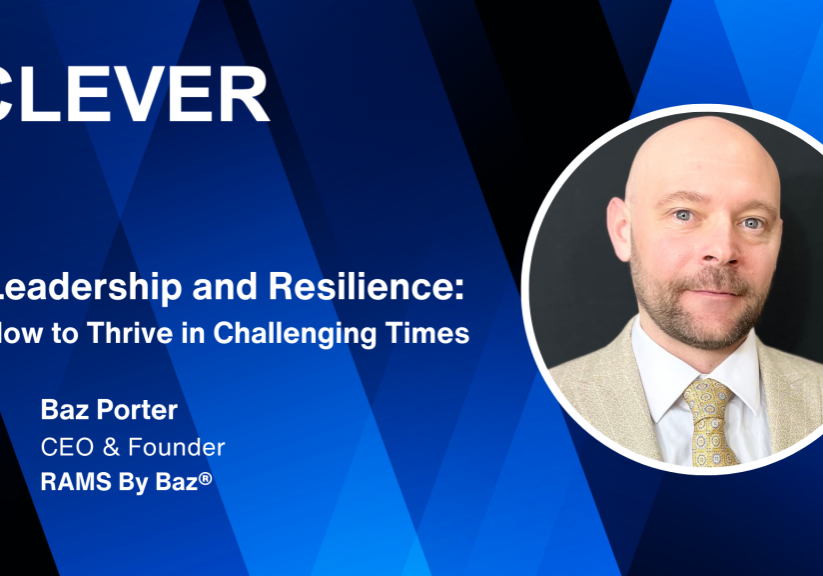
WASHINGTON — The Federal Reserve chair, Jerome H. Powell, said on Thursday that the labor market’s recovery was only halfway complete and that more government support would likely be needed to return the economy to full strength, calling the recent rise in virus cases “particularly concerning.”
In remarks after the central bank’s November meeting, Mr. Powell reiterated that the economic outlook is “extraordinarily uncertain” and pledged to continue supporting growth for as long as needed.
Economic progress has exceeded initial expectations amid state and local reopenings, but the recovery remains incomplete, progress is moderating and risks loom ahead. Mr. Powell noted that the U.S. is “a long way from our goals, and we’re halfway there on the labor market recovery, at best.”
The Fed is trying to coax the economy back to full health. It left interest rates unchanged at its November meeting, having slashed them to near-zero in March, and it reiterated that it plans to keep them low for the foreseeable future. The central bank has also been buying huge quantities of government-backed bonds — about $120 billion a month, recently — in an attempt to keep markets functioning smoothly and to stimulate demand. It said it would keep the purchases up at that pace “at least.”
Low rates do seem to be powering a recovery. Housing has been a bright spot, for instance, as buyers scramble to purchase new and existing houses. But government spending programs have also been an important driver of the rebound so far, keeping money flowing to businesses and households.
Now further economic progress is teetering on a precipice as U.S. coronavirus cases rise and those government support programs run dry. The outcome of this week’s presidential and congressional election remains uncertain, making it hard to guess whether and when the government will renew programs that created forgivable small business loans, expanded unemployment insurance and provided other safeguards that have helped to keep businesses and families afloat.
Mr. Powell said the two biggest economic risks right now are the “further spread of the disease” and the likelihood that households will run through the savings they were able to accumulate as a result of government programs early in the pandemic, including stimulus checks and enhanced unemployment benefits.
“The fiscal policy actions that have been taken thus far have made a critical difference,” Mr. Powell said. “Even so, the current economic downturn is the most severe in our lifetimes.”
While the Fed is prepared to act as needed to support the recovery, Mr. Powell reiterated that more fiscal support may be needed to mitigate looming dangers, which also include bankruptcies and long-term labor market scarring.
“We’ll have a stronger recovery if we can just get at least some more fiscal support, when it’s appropriate and at the size Congress thinks is appropriate,” he said.
The Fed studiously avoids weighing in on politics in an effort to protect its independent status, which is one reason Mr. Powell is hesitant to be prescriptive when it comes to what Congress should do. Asked about the still-undeclared presidential election and whether it came up during policy deliberations, Mr. Powell said “the election comes up now and again, but it is not at all a central focus of the meeting, not at all.”
There is still more that the Fed could do to stimulate the economy, and Mr. Powell, in response to a question, said the central bank is not “out of power or out of ammo.”
While Mr. Powell did not commit to any new efforts, he noted that the Fed could tweak its bond-buying program. The central bank is pondering what that might look like, and the November meeting was about “having a good discussion about how to think about those various parameters,” he said.
Economists say officials could reinforce their pledge to keep interest rates low for an extended period of time. They could also change up the communication around the Fed’s bond purchases, or shake up the program’s composition so that purchases tilt more toward longer-dated debt, all with the goal of making credit cheaper and keeping money flowing into the economy.
Yet such measures are no panacea. They benefit people who are in a position to buy houses and cars and can help the economy to recover in the medium to long term. Fed policies are not suited to get money straight into the hands of the workers who have lost their jobs. Such targeted relief would have to come from Congress and the White House.
Mr. Powell also faced questions about the central bank’s suite of emergency lending programs. Several of the efforts are backed by funding from the Treasury Department and are set to expire in December, unless Mr. Powell and Treasury Secretary Steven Mnuchin agree to extend them.
“We’re just in the process of turning to that question,” Mr. Powell said, noting that it’s a decision that they “have to make and will make” jointly with the Treasury Department.
Mr. Mnuchin suggested in a recent response to congressional questioning that he favors allowing at least one facility, which buys municipal bonds, to expire.
If a coronavirus vaccine is being rolled out in the coming weeks, that could mean that the Treasury Department would be less inclined to extend the facilities. It is also possible that if Mr. Trump’s re-election bid fails, he could block the facilities from being reauthorized so that Joseph R. Biden Jr. has fewer economic stimulus tools at his disposal.
The Treasury Department did not respond to a request for comment.
Alan Rappeport contributed reporting.












